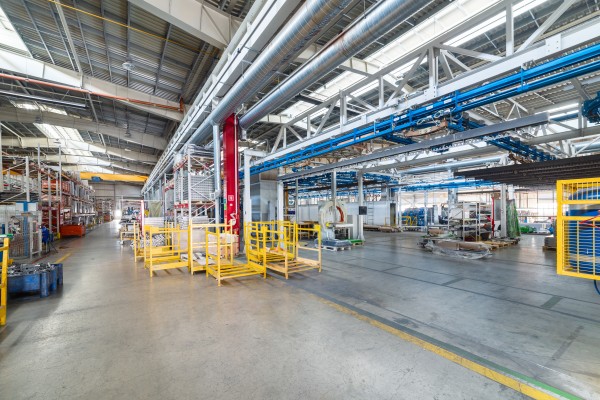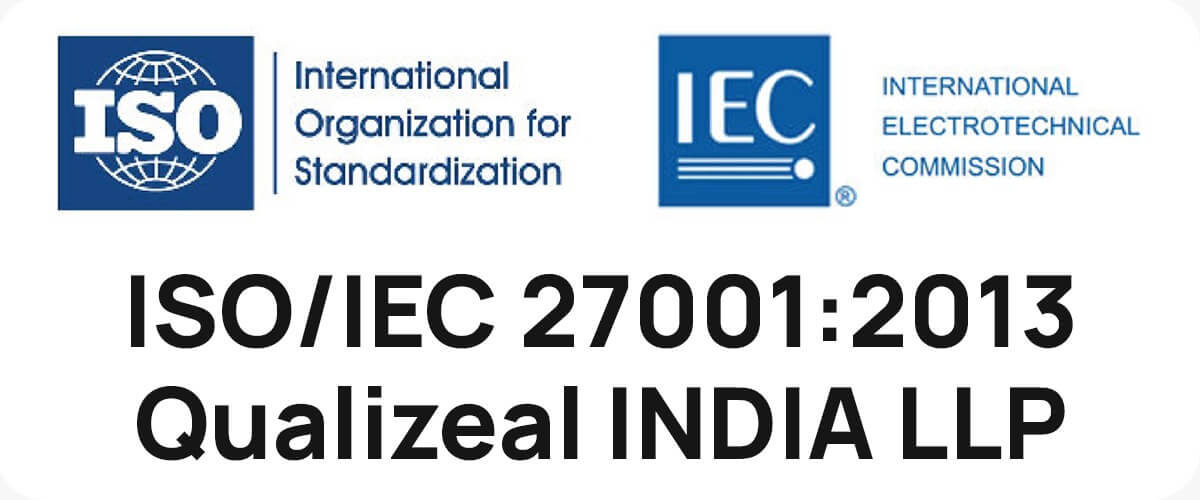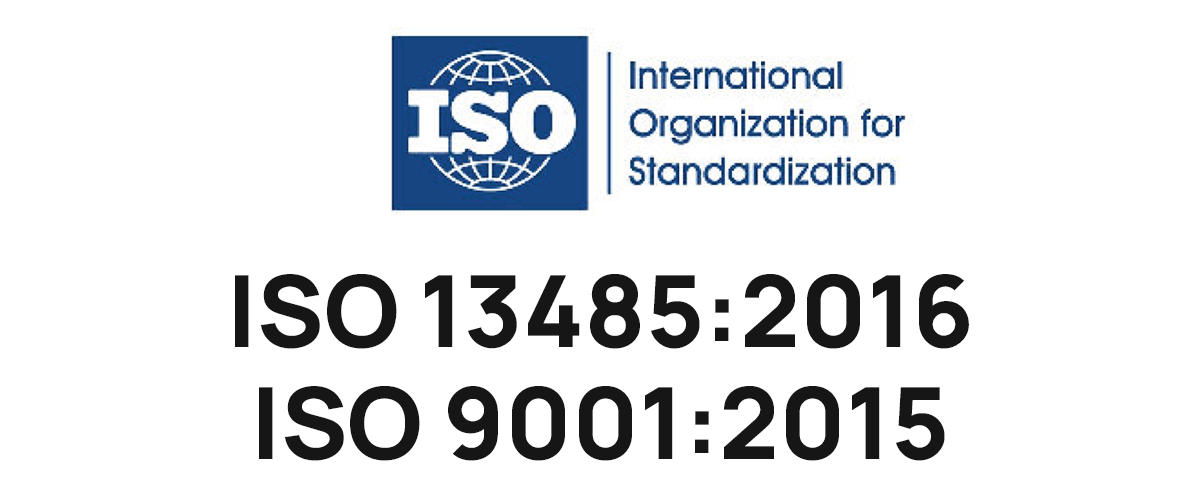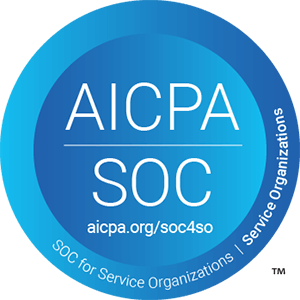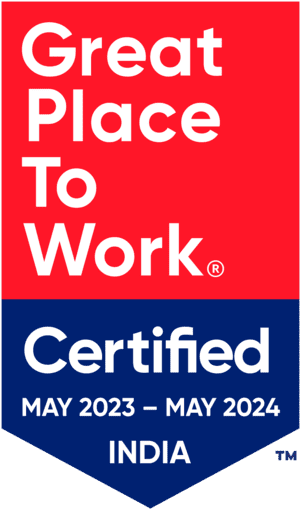In the ever-evolving landscape of software development, the shift from Waterfall to Agile methodologies has become a hallmark of innovation and efficiency.
According to the State of Agile Report 2022, 95% of organizations have adopted Agile practices to some extent. However, the transition poses unique challenges for Quality Engineering (QE) teams striving to maintain and enhance product quality. With 64% of software defects attributed to poor software requirements, as reported by IBM, the role of QE practices in this dynamic paradigm cannot be overstated.
Join us on a journey of transformation as we explore the essential quality engineering practices that empower modern development teams, ensuring they not only adapt but thrive in the Agile era.

CI/CD Harmony: Accelerating Excellence in Software Delivery
In the relentless pursuit of faster and more adaptive software development, the industry has witnessed a seismic shift from traditional Waterfall to Agile methodologies. This transformation is not merely a trend but a fundamental reimagining of how software is conceived, developed, and delivered. Let’s delve into the heart of this revolution, exploring key statistics, challenges, and the pivotal role of Quality Engineering (QE) practices in shaping the landscape.
1. The Agile Wave: A Statistical Rendezvous
Agile has surged to the forefront of software development, with an impressive 95% adoption rate, as per the 2022 State of Agile Report. This resounding popularity is a testament to the methodology’s ability to enhance collaboration, responsiveness, and product quality. Yet, as organizations embrace agility, the crucial question arises: How can Quality Engineering seamlessly integrate into this dynamic ecosystem?
2. Unpacking the Challenges: Navigating the Agile Terrain
Transitioning from Waterfall to Agile is not without its hurdles. A staggering 64% of software defects are attributed to suboptimal software requirements, according to IBM. In the Agile realm, where change is constant and requirements evolve, the challenge intensifies. Adapting QE practices to this ever-shifting landscape is paramount. The question looms — how can QA teams ensure software quality in an environment that thrives on flexibility and iterative development?
3. Agile and Quality Engineering: A Symbiotic Affair
In the Agile framework, the relationship between development and QE is not linear but rather symbiotic. Agile doesn’t just demand speed; it demands continuous improvement in product quality. Embracing this, successful organizations leverage automated testing, continuous integration, and test-driven development (TDD) to foster a culture of quality. According to a study by Capgemini, organizations employing Agile practices combined with effective QE achieve 30% faster time-to-market compared to their counterparts.
4. The Dance of Automation: Elevating QE in Agile
Automation becomes the linchpin in Agile environments. With frequent code changes and releases, manual testing alone becomes a bottleneck. Integrating test automation accelerates testing processes and enhances repeatability and reliability. A study by Sauce Labs highlights that 85% of organizations practicing Agile use test automation to keep pace with rapid development cycles. The question shifts from whether to automate to how to maximize automation’s potential.
5. The Human Element: Skillsets for Agile QE Mastery
As technology advances, so must the skillsets of QE professionals. Beyond technical acumen, Agile QE demands adaptability, collaboration, and a keen understanding of evolving user needs. Agile isn’t just about tools and processes; it’s a mindset. The ability to embrace change, iterate rapidly, and collaborate cross-functionally becomes the hallmark of successful Agile QE professionals.
In this journey from Waterfall to Agile, the role of Quality Engineering is not just to ensure the absence of defects but to actively contribute to the creation of resilient, adaptive, and high-quality software. Join us as we navigate the intricate landscape of Agile QE, unlocking the practices that propel modern development teams to new heights of efficiency and excellence.


Navigating the Agile Seas: Quality Engineering Practices for Success
As development methodologies evolve, so must the strategies employed by Quality Engineering (QE) teams to maintain and elevate software quality. In this section, we’ll explore practical and actionable QE practices tailored for the Agile landscape, ensuring that the journey from Waterfall to Agile is not just a shift in methodology but a transformation in how we approach quality.
Unveiling the Significance of Early Performance Testing Integration
1. Embracing Shift-Left Testing: The Proactive Paradigm
In the Agile world, waiting until the end of the development cycle to address quality concerns is a luxury we can no longer afford. Shift-Left testing, where testing activities are initiated earlier in the development process, emerges as a crucial practice. This proactive approach ensures that defects are identified and rectified at the source, reducing the risk of downstream issues. By incorporating testing from the project’s inception, teams can iteratively refine both code and quality simultaneously.
2. Continuous Integration: The Pulse of Agile Development
Agile thrives on frequent, incremental releases. Continuous Integration (CI) becomes the heartbeat of this rapid development cycle. By automatically merging code changes and running a battery of tests with each integration, CI ensures that the software remains in a consistently testable state. According to the DevOps Institute, organizations that implement CI experience a 50% reduction in the time it takes to release new features. This synchronization of development and testing accelerates the feedback loop, fostering a culture of agility and collaboration.
3. Test-Driven Development (TDD): Coding with Quality in Mind
In the Agile realm, Test-Driven Development (TDD) is a cornerstone practice. Instead of viewing testing as a post-development activity, TDD flips the script by making testing an integral part of the coding process. Developers write tests before writing the actual code, shaping a development process that is inherently quality-focused. Studies show that teams practicing TDD experience a 40-80% reduction in defects. TDD not only improves code quality but also enhances collaboration between developers and QA, breaking down silos.
4. Agile Test Automation Strategies: Beyond Speed
While speed is a hallmark of Agile, the real value of test automation lies in its ability to provide rapid and reliable feedback. Selecting the right tests for automation, maintaining a robust test suite, and integrating automation seamlessly into the CI/CD pipeline are critical. The World Quality Report reveals that 85% of Agile organizations leverage test automation, underscoring its importance. However, automation is not a one-size-fits-all solution; careful planning and strategic implementation are imperative to maximize its benefits.
5. Agile Metrics: Measuring What Matters
In the Agile universe, metrics play a pivotal role in evaluating the effectiveness of QE practices. Beyond traditional measures like test coverage, Agile teams should focus on metrics that align with Agile principles, such as cycle time, lead time, and the Mean Time to Recovery (MTTR). These metrics provide a comprehensive view of the development and testing process, enabling teams to continuously improve and adapt. Agile is not just about delivering faster but delivering value consistently.
In the dynamic realm of Agile development, Quality Engineering practices are not static; they evolve with each sprint, each release. By embracing proactive testing, integrating seamlessly with development processes, and leveraging automation intelligently, QE teams can not only keep pace with Agile but become catalysts for its success. Join us as we unravel the intricacies of these practices, forging a path towards quality excellence in the Agile era.


QualiZeal’s Perspective: Elevating Your Agile Journey with Quality Engineering Excellence
As we conclude our exploration of the symbiotic relationship between Agile development and Quality Engineering (QE), it becomes evident that the journey from Waterfall to Agile is not just a change in methodology but a transformative shift in mindset. Let’s distill our insights into key takeaways that encapsulate the essence of Agile QE excellence.
1. Continuous Learning: A Cornerstone of Agile Adaptability
Agile is not a one-size-fits-all paradigm; it’s a continuous learning journey. Teams must cultivate a culture of adaptability and embrace the iterative nature of Agile. Learning from each sprint, each release, and each feedback loop is not just encouraged; it’s essential for sustained success.
2. Collaboration: The Fuel for Agile Success
In the Agile realm, collaboration is not merely a buzzword; it’s the driving force behind every successful sprint. Break down the traditional silos between development and QE, fostering an environment where collaboration isn’t just encouraged; it’s ingrained in the DNA of the team.
3. Agility in Metrics: Measure, Adapt, Thrive
Metrics are not just numbers on a dashboard; they are the compass guiding your Agile journey. Regularly revisit and adapt your metrics to align with Agile principles. Metrics should not only measure progress but also inspire a culture of continuous improvement.
4. Customer-Centricity: Delivering Value, Not Just Features
Agile is inherently customer-centric, focusing on delivering value in every sprint. QE practices should align with this principle, ensuring that the software not only meets specifications but exceeds user expectations. Customer satisfaction becomes the ultimate metric of success.


Elevate Your Agile Journey with QualiZeal
As we reflect on the dynamic interplay between Agile development and Quality Engineering, QualiZeal stands as a beacon for organizations seeking excellence in software quality. Our offshore and onshore QE services are tailored to amplify your Agile journey, providing the expertise, adaptability, and collaborative spirit needed for success. Whether you’re navigating the complexities of shift-left testing, implementing robust test automation, or fine-tuning your Agile metrics, QualiZeal is your strategic partner in achieving unparalleled excellence in Agile Quality Engineering. Join hands with us, and together, let’s not just navigate the Agile seas but conquer them. Reach out today at qzinfo@qualizeal.com or visit www.qualizeal/com/services.









